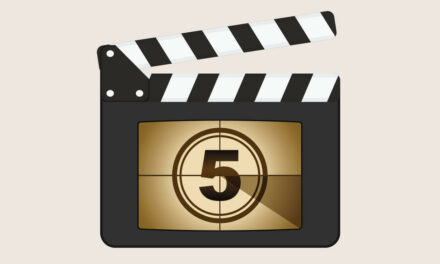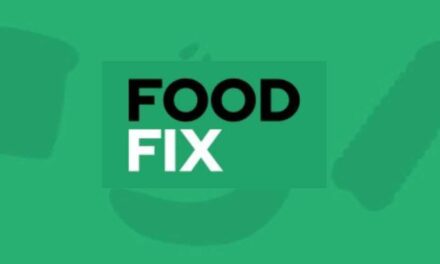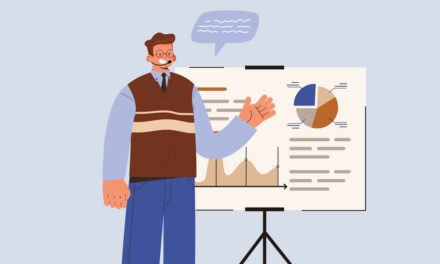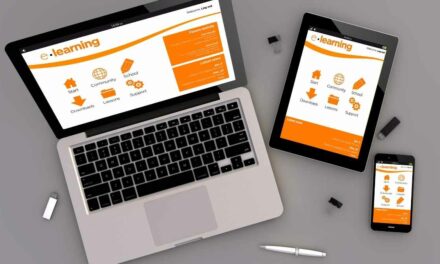The first big conversion that matters in most content businesses is the free subscription. Fans and followers willingly exchange their direct contact information for some of your content.
That’s the gold every content entrepreneur should mine. But once you have a good amount of gold, how do you make it shine for your business’ bottom line?
You keep on marketing.
Unlike gold-mining marketing, this type of marketing requires more polish. It requires a deft touch that balances what the subscribers came for (i.e., your content) and your desire to move them to the buying stage.
What’s a content entrepreneur to do? Build out two marketing strategies – one to transform your free subscribers into paying customers and one to attract third parties who will pay to reach your free (and possibly paid) subscribers.
We’ve tackled the latter in a previous edition: How to Sell Sponsorships to Brand. Today, let’s focus on how to market to your free subscribers.
Tilt Advice
Content entrepreneurs have a marketing leg up on your fellow tangible product or service entrepreneurs. A version of your product (i.e., content) is what enticed your free subscribers. They already like something about your “product.”
Content entrepreneurs have a leg up on #marketing. Your target audience already is consuming one of your products. #contententrepreneur #contentmarketing Click To TweetSure, other entrepreneurs may give out free tastes or free trial offers. But you deliver great content regularly over time to your prospects (i.e., free subscribers), and they indicate their approval by continuing to consume your content (or at least not opting out of your content.)
What you need now is a call-to-action strategy. Done effectively, CTAs can nudge these free subscribers into paying customers. The keyword? Effectively. Go overboard in promoting your paid content and see many potential customers vanish (i.e., opt-out.)
Think about the audience
A good paid CTA strategy connects what your business wants to sell with what your audience is interested in buying.
A good paid #CTA strategy connects what your content business wants to sell with what your audience may want to buy, says @AnnGynn. #contententrepreneur #marketing Click To TweetHow do you know what your free subscribers want to buy? Look at your analytics, particularly the most popular click-through links and average time on page, viewing, or listening. See which topics, formats, channels resonate best.
That’s likely what they would be most interested in spending money on. And the paid products related to that content are what you want to message in your CTAs.
Let’s say you publish a free daily podcast. Friday episodes feature the funniest news of the week. Its average download numbers are 20% higher than any other day of the week. That indicates your audience likes funny.
Now, you know to push your “fun” content for your premium podcast subscriber package in your CTAs.
Customize CTAs
Don’t create a CTA that can be used in every format and on every channel. Tailor each CTA to what and where your audience is reading, viewing, or listening.
Tailor each #CTA to what and where your audience is reading, viewing, or listening it. #contententrepreneur Click To TweetLet’s say you operate a game-related content business, tackling both tabletop and digital topics. You do a live Twitch stream about the best weapon choices in an online game. Your viewers obviously are interested in online gaming. So you make your live CTA about the online game conversations happening on your Discord server that’s available exclusively to premium subscribers and mention how to sign up.
The next day, you’re prepping your weekly newsletter for free subscribers, which has content on both tabletop and digital games. You add a CTA just below the tabletop game content: “Go from gaming in real life to talking about real-life games virtually on our Discord server available exclusively to premium subscribers. Sign up here.”
Though the CTA messages are different based on the audience’s known interests, the promotional ask is the same – pay to become a premium subscriber.
Other good CTA strategy qualities
With that foundation, you’re ready to finetune your CTA strategy. Here’s some more advice:
- Make the case. A lot of subscribers wonder why they would pay for something they could get for free. You must succinctly explain the benefits they will receive and honestly make them better than what your free content gets them. (Think of words like “exclusive,” “more,” and “customized.”)
- Get personal. One-on-one outreach is more likely to net better paying-customer conversions. You can use automation to develop individualized outreach, such as “Dear Laquita …” Or, if your audience isn’t that big, craft a personal note for each person. Just make sure whatever you do, the message comes from you, not a generic email address for your content business.
- Give shoutouts. Thank a donor by name during a livestream. Create a section of your newsletter to recognize your paid subscribers (ask their permission in the sign-up form.) Share their public mentions of your business on your social media platforms.
- Create a referral program. Reward those paid subscribers who bring in other paid subscribers. Set up a tier system, increasing the rewards as they increase their promotion of your content business. (Think about rewarding them with items from your merch store.)
Write it all down
Finally, put together a spreadsheet or other form to get down all the elements of your CTA strategy. You can detail the suggested messaging for CTAs based on topic and/or channel. That way you don’t have to reinvent the wheel (though you can tweak it) every time you create a new piece of content.
And don’t forget to include unique URLs for each CTA in your chat. That trick will help you more easily understand what works great and what doesn’t turn your free subscribers into paying customers of your content business.
About the author
Ann regularly combines words and strategy for B2B, B2C, and nonprofits, continuing to live up to her high school nickname, Editor Ann. An IABC Communicator of the Year and founder of G Force Communication, Ann coaches and trains professionals in all things content. Connect with her on LinkedIn and Twitter.

![A Successful Content Creator Does These 4 Things in Their Content Business [Research]](https://www.thetilt.com/wp-content/uploads/2021/07/Successful-2-440x264.jpeg)








